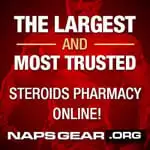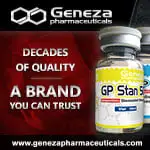Most of the testosterone in our body is bound to two protein. About two thirds is tightly bound to SHBG protein and one third is bound to a protein called albumin. For this reason it leaves little free testosterone (about 2 percent) accessible to target our muscles, brain, blood, sex lives and many other essential actions of this hormone. In order to achieve an optimal level of free testosterone one must have adequate amount of testosterone.
The so-called “normal” level of testosterone in older men reflect population averages. The averages includes lots of men that are testosterone deficient. We all know that men in the United States are increasingly getting wider waist, due to poor diet and lack of exercise which has a devastating effect on our testosterone levels. Most men would not like to accept the loss of youthful vigor. This is one reason why we should also not accept the old standers of “normal” levels of testosterone. More importantly we should not accept this because of the profound effect proper testosterone levels have on maintaining our cardiovascular health, central nervous system, glucose and lipid metabolism, musculoskeletal system, and more.
New studies show we should aim to restore total testosterone levels to the upper one-third of the reference range (700-900 ng/dL), and optimal level of free testosterone is (20-25 pg/mL). The most important level is your free testosterone. For TRT once you drive your free testosterone to optimal levels it becomes unnecessary to increase your total testosterone any further. Some can reach this optimal free T level at lower total T levels (500 ng/dL).



 Please Scroll Down to See Forums Below
Please Scroll Down to See Forums Below 











